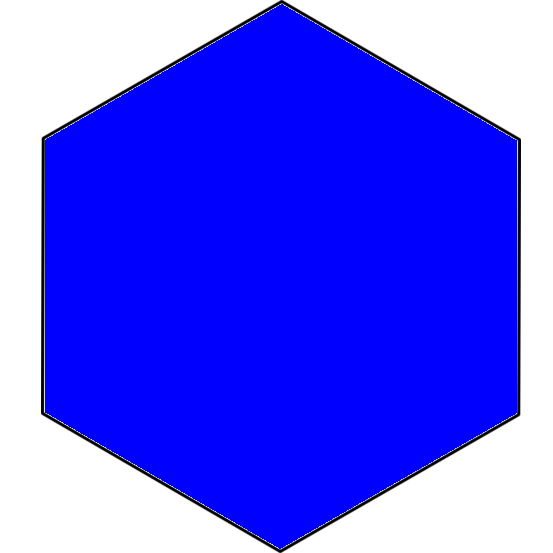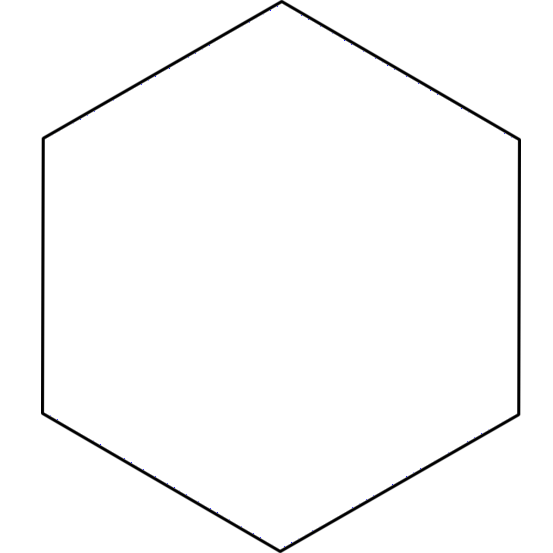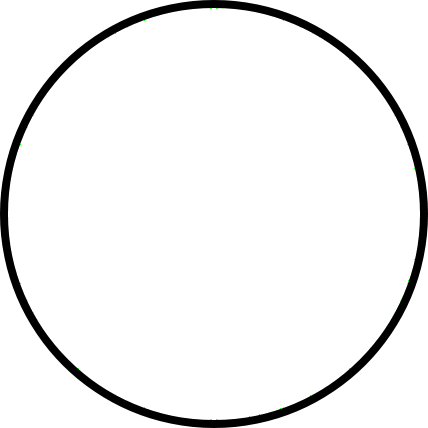09 SEP 2016 by ideonexus
 Why Did Everyone Draw that Fancy "S" in Grade School
Why Did Everyone Draw that Fancy "S" in Grade School
"The reason kids go through this is probably because it's a Moebius strip," he said, referring to the sort of looped one-surface shapes Escher was fond of drawing. "It can't be drawn continuously, but it does have a perpetual flow."
I think he was on to something. Most nine-year-olds can't draw, so when someone hands them a magical recipe to create something fairly cool, on demand—that'll go viral. Especially when the shape has the sophisticated, mathematical lineage of a Moebius strip. Y...19 DEC 2013 by ideonexus
 Measurements Change Dramatically Depending on the Methodo...
Measurements Change Dramatically Depending on the Methodo...
Benoit Mandelbrot asked his famous question “How long is the coast of Britain?” long before this symposium was written, but it perfectly captures the sort of puzzle people in this crowd love. The question seems simple. Just look it up in the encyclopedia. But as Mandelbrot observed, the length of the coast of Britain depends on what you use to measure it. If you draw lines on a map to approximate the coastline, you get one length, but if you try to measure the real bumps in every inlet an...David Brook's relating Benoit Mandelbrot's experience measuring the British coast.
15 DEC 2011 by ideonexus
 Fractal Geometry Changes One's Perspective of the World
Fractal Geometry Changes One's Perspective of the World
Fractal geometry will make you see everything differently. There is a danger in reading further. You risk the loss of your childhood vision of clouds, forests, flowers, galaxies, leaves, feathers, rocks, mountains, torrents of water, carpet, bricks, and much else besides. Never again will your interpretation of these things be quite the same. Folksonomies: perspective fractals
Folksonomies: perspective fractals
You see fractals in much of the natural world after learning of them.
02 JAN 2011 by ideonexus
 Graph Theory Approach to Web Topology
Graph Theory Approach to Web Topology
Perhaps the best-known paradigm for studying the Web is graph theory. The Web can be seen as a graph whose nodes are pages and whose (directed) edges are links. Because very few weblinks are random, it is clear that the edges of the graph encode much structure that is seen by designers and authors of content as important. Strongly connected parts of the webgraph correspond to what are called cybercommunities and early investigations, for example by Kumar et al, led to the discovery and mappin...The graph theory approach produces a model of the web that is like a bowtie, and filled with other bowties, like a fractal. There is an image in the original document of this phenomena.




